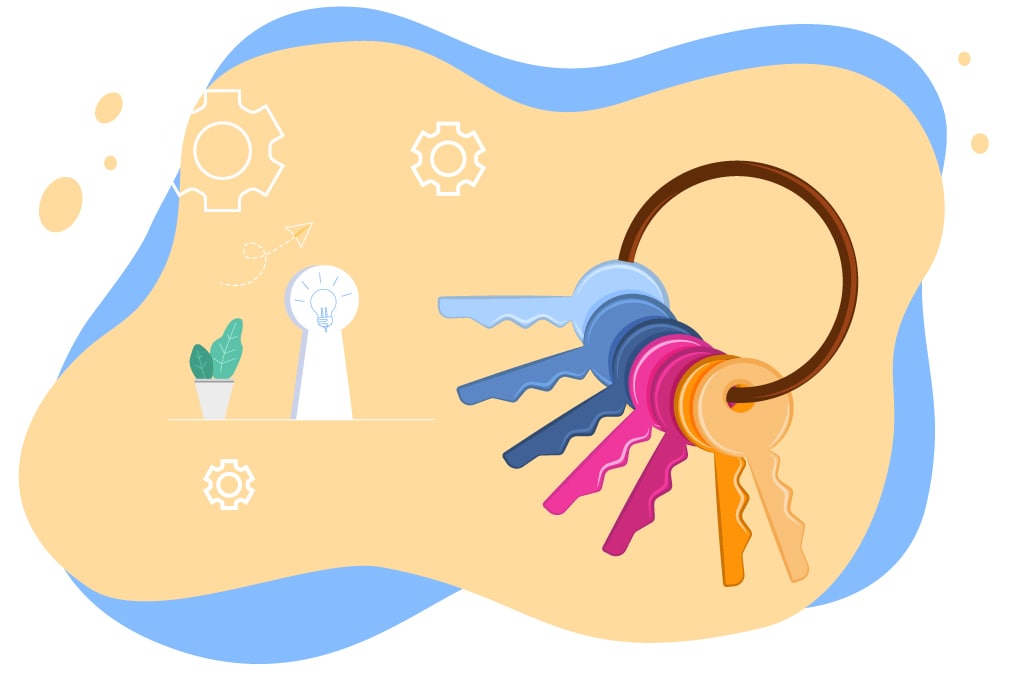In science, there’s no such thing as a bad result. Anyone with a scientific background, and that includes me, will tell you that.
If the result isn’t what you were expecting, or hoping for, it’s still an outcome. It means you’ve proved or disproved your original theory. And, importantly, you can use what you’ve learned to influence and benefit future outcomes.
Exactly the same attitude can be applied to creative or innovative work. We’re all aiming for targets—but learning from the how-we-got-there will deliver lasting impact.
Questions after the event like “How did we do?” or “Did we meet our intended targets?” are of little use. Those answers are immediately apparent.
It’s far more insightful to ask, “What happened on the way?”, “Did we communicate well and remain connected?” or “Did we recognize our achievements?”
As for “disappointing” results, they’re my favorite. They provide a chance for self-reflection, an opportunity to ask yourself, and your team, “What did we miss?”, “Was there a ‘dormant’ issue?”, and, most importantly of all, “What can we change to prevent this from happening in the future?”
While it’s difficult when a plan does go wrong, there is a different sense of achievement when a team recognizes what went awry and learns how to get things back on track.
Turning adversity to your advantage
We’re all aware that targets are necessary; they keep us focused on a common intent. But equally important are the adversities we face and the problems to be solved along the way. It’s these moments that empower and inspire us to reach better outcomes.
There’s a strength that comes with this approach. Generally, I’m not fazed when things don’t go to plan. It can be frustrating and disappointing, but quickly you realize there’s an opportunity to improve. This “hidden gem” motivates me, as it provides us with a new area of focus, and an external benchmark we hadn’t considered before.
Perhaps it’s my science and technology background, but I love a challenge. I’d go so far as to say that if everything does go to plan and I reach all my targets in a smooth-sailing, orderly fashion, I might question if I was being creative, energetic, or ambitious enough.
Intrinsic values drive results
Your intrinsic values are the core drivers of creativity, innovation, and problem-solving. What truly matters to people in life also matters to them at their place of work.
For some, it’s about relishing the challenge of tackling a tough problem, or the social interaction that comes from thinking and working as a team. For others, it’s making a positive contribution to society, or the world in general.
For fortune to favor the bold—to reward those eager to learn from unexpected outcomes or bumps along the road—a leader must be firmly in touch with their intrinsic values.
Making time to reflect on how to create balance at work and to define what really matters to you is to be actively encouraged.
Get comfortable being uncomfortable
It’s not only our work that requires a more responsive way of thinking. I’m a member of PMI’s Race and Ethnicity Employee Resource Group, and one of our (often repeated) mantras is: “We’re going to have tough conversations, so get comfortable being uncomfortable.”
This ethos should also be central to successful business initiatives. If everything was static and orderly, we’d never have to dig deep to find solutions. This would drain creativity which would, in turn, hamper progress.
People working for a company that engenders an environment of trust, encouraged by a leadership team that fosters an opportunistic approach, are more likely to achieve great things—for themselves and their organization.
Be fearless to be your best
Fear in a work context can impede one’s ability to make a substantial contribution. While the fight-or-flight response is part of our makeup in the event of danger, what real threat is there in a working environment?
Much of this fear is self-imposed. Questions like “What will my boss think?” and “What happens if the results are bad?” are all forced thoughts linked to “extrinsic motivators.” In other words, we’re worrying about punishments or rewards, rather than whether it’s a good idea or not.
This idea of fear based on perceptions (often false and unfounded) results in an unnecessary hurdle.
What can we do about this state of mind? Simply, remove these self-imposed notions. Build up a healthy network of connections that give you more confidence, and make allies that provide support to galvanize your inner strength.
Consider that the consequence of avoiding an action may be as damaging as a really poor action.
In short, hunt out what gives you joy and go for it. Embrace chaos, find order in disorder, and take calculated risks to open up new opportunities. Fortune—in the long run—favors the bold.












